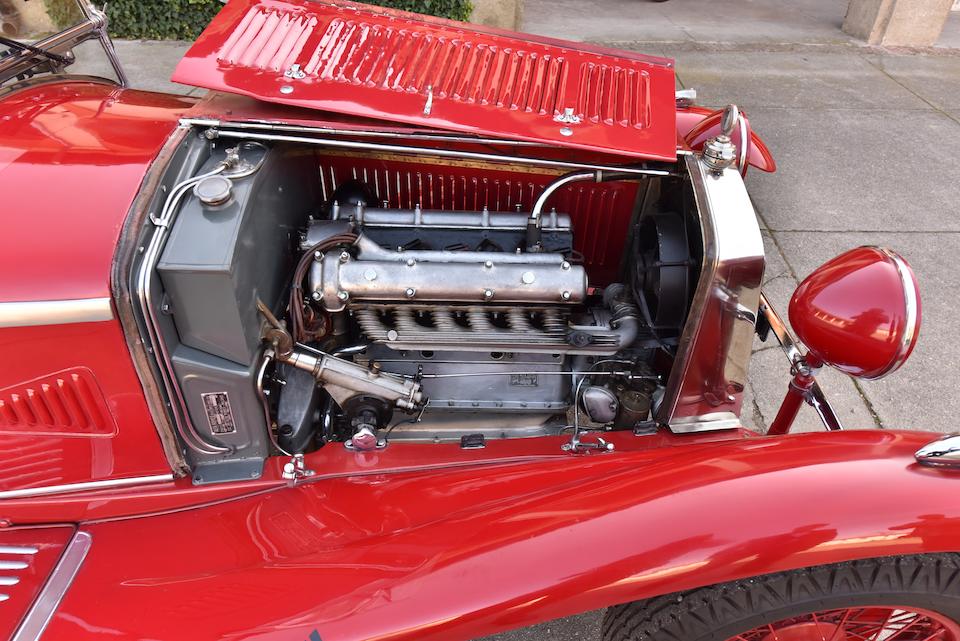Vittorio Jano worked with Fiat and its race team for 12 years, but in 1923, Enzo Ferrari encouraged him to depart for Alfa Romeo. After some persuasion, the Hungarian-born Jano left Fiat to join the young Ferrari at the budding marque.
It was there that Jano made some of his greatest contributions to the automotive world. Among them was the 1929 Alfa Romeo 6C 1750.
The 6C traces its roots back to the 1927 6C 1500—the latter figure signifying the engine’s displacement. Power came from a 1.5-liter inline-6 engine derived from the legendary P2 Grand Prix race car’s inline-8. Jano’s job wasn’t just to help Alfa Romeo win on the track, but also to port that success into the road cars.

1929 Alfa Romeo 6C 1750 Super Sport Supercharged Spider — Photo via Bonhams
With his mission assigned, Jano reworked the P2’s engine for road-car use. Following the 6C 1500, he oversaw the introduction of the 6C 1750 in 1929. This time, the engine swelled to displace 1.75 liters and could accelerate to a seriously quick-for-the-time top speed of 95 mph.
The gorgeous bodywork came from a handful of coachbuilders, with Zagato, Carrozzeria Touring, and James Young being the most popular.
The engine arrived in two flavors: a single-cam version in the Turismo and a dual-overhead-cam variant in the Sport and later the Gran Turismo. Perhaps the most notable version of the car to come from Jano and Alfa Romeo in 1929 was the Super Sport, or SS, later called the Gran Sport.
The elegant Italian machine was available with a Roots supercharger and focused specifically on amateur racers and their needs.
With the road car unleashed, Jano and Alfa Romeo could merely look on and see what they’d created. It turned out to be a winning machine. In the 1929 Mille Miglia, 26 6C 1750s competed and 25 of them finished, six of which placed in the top 10, including a first-place finish. Alfa Romeo saw a repeat finish in 1930. Alfa Romeo dominated 1929 with wins at the 24 Hours of Spa Francorchamps, Grand Prix of Ireland, and the 12 Hours of San Sebastian. Each time, a 6C 1750 crossed the checkered flag first.
The 6C name would go on to grace numerous other race cars and elegant production cars, but as for the 6C 1750, there would never be another one like it.